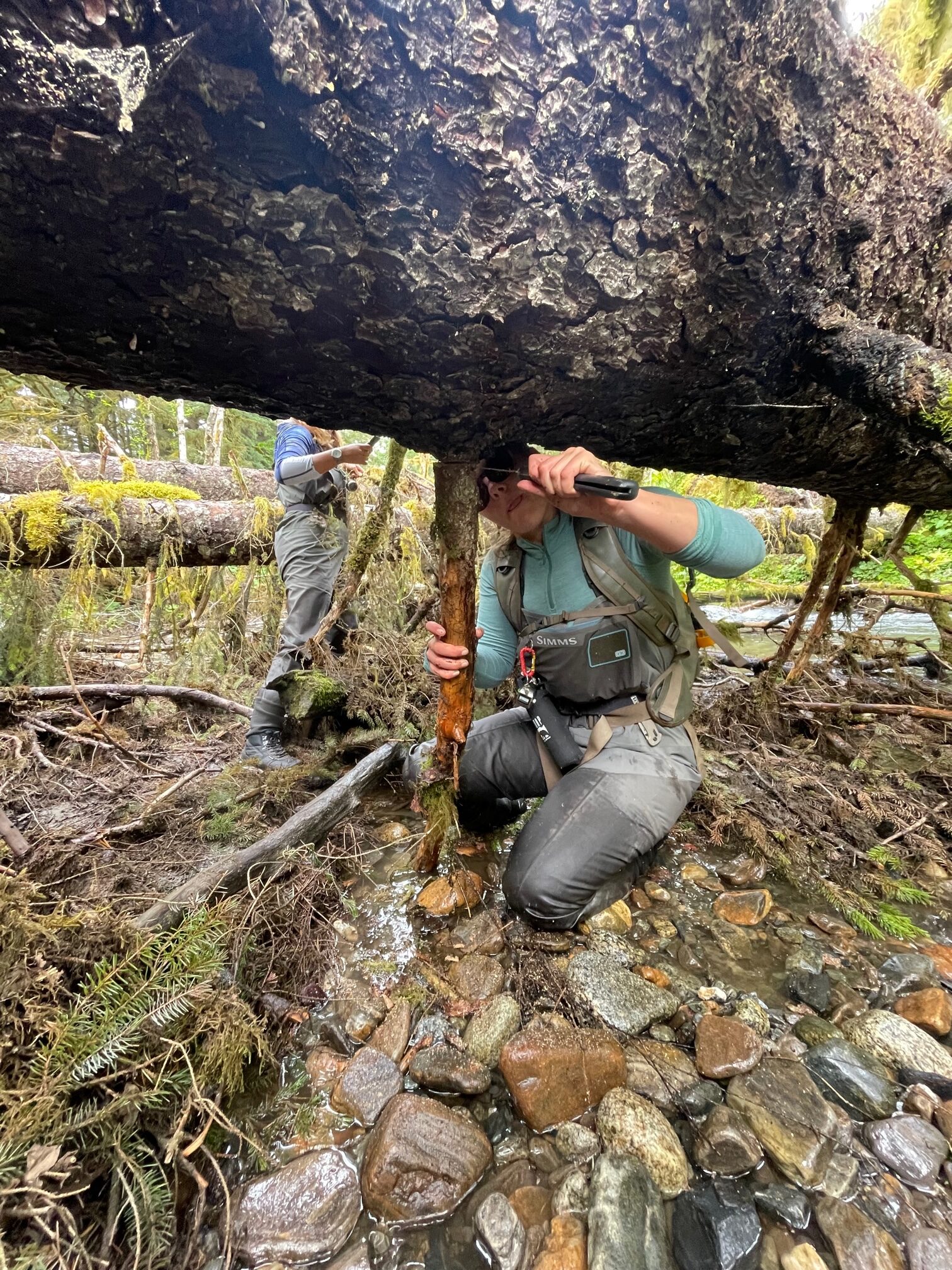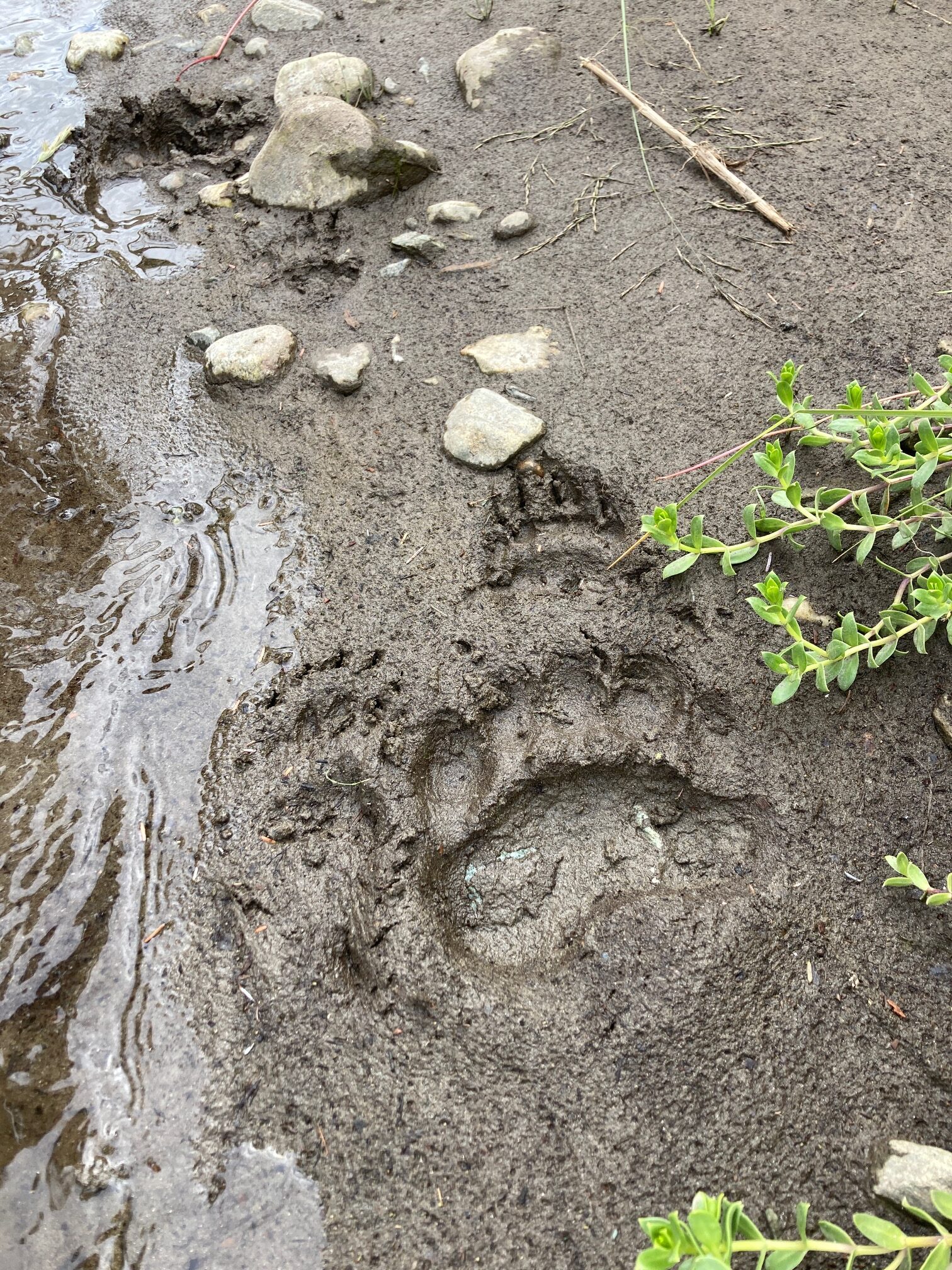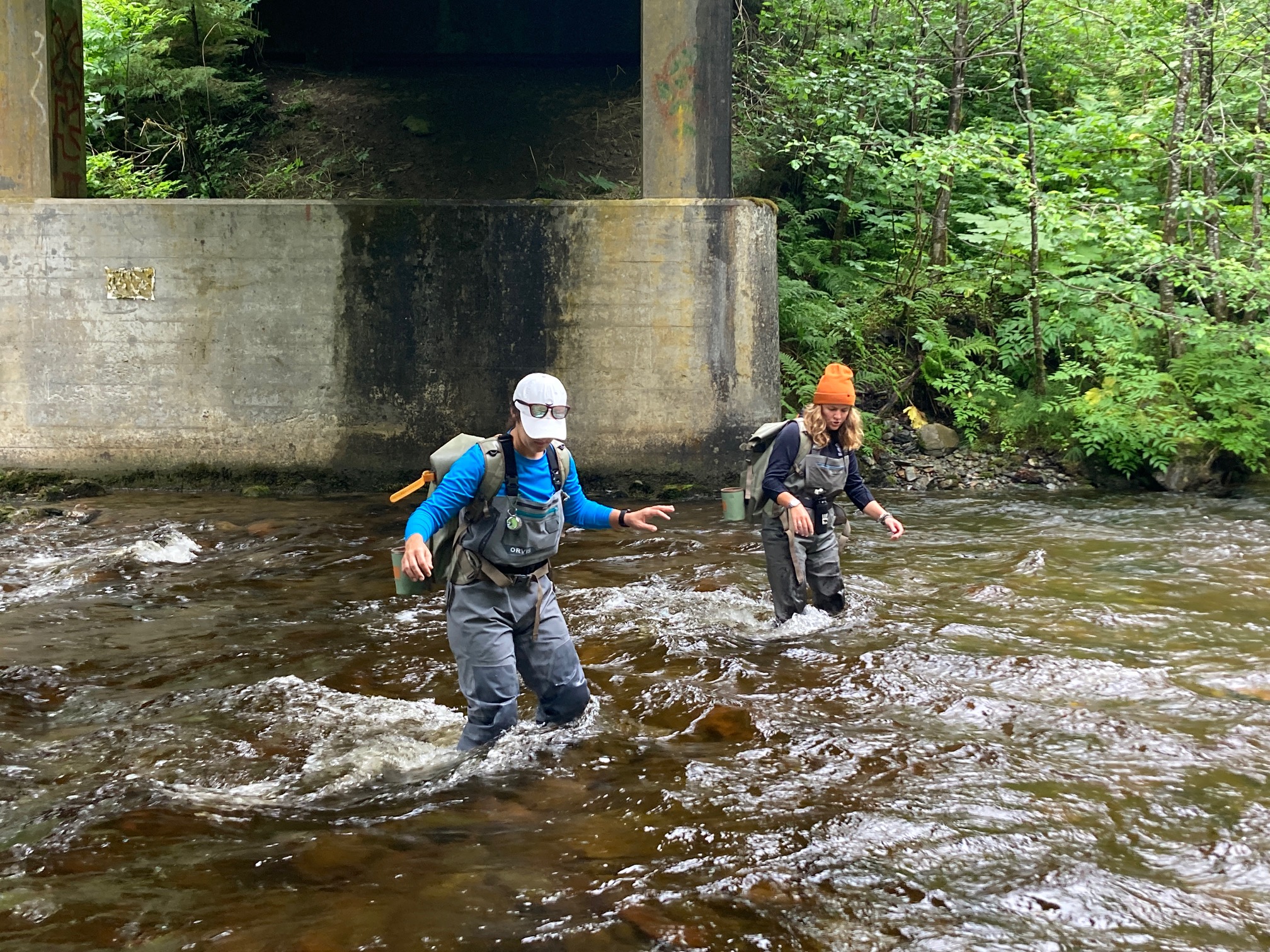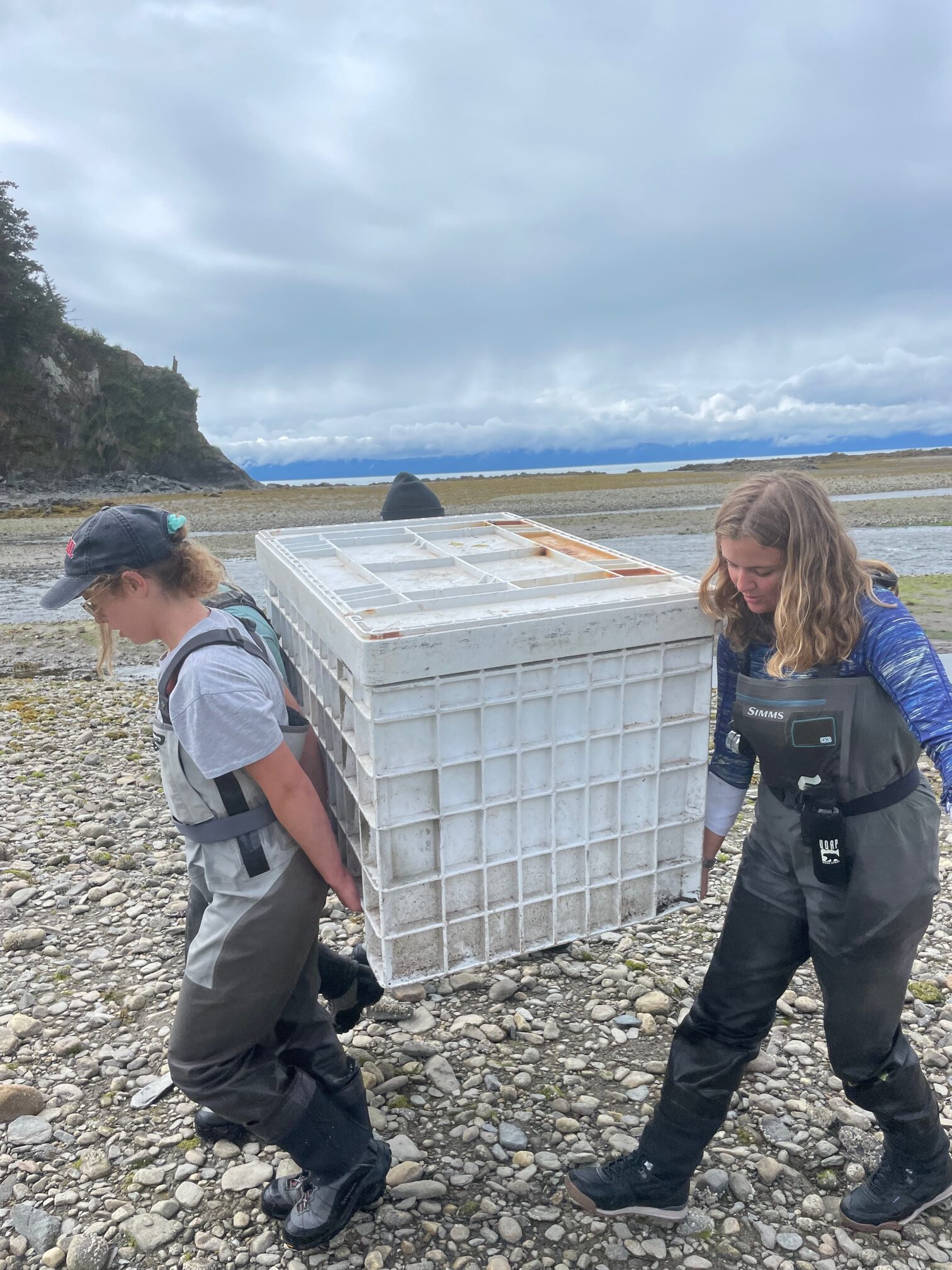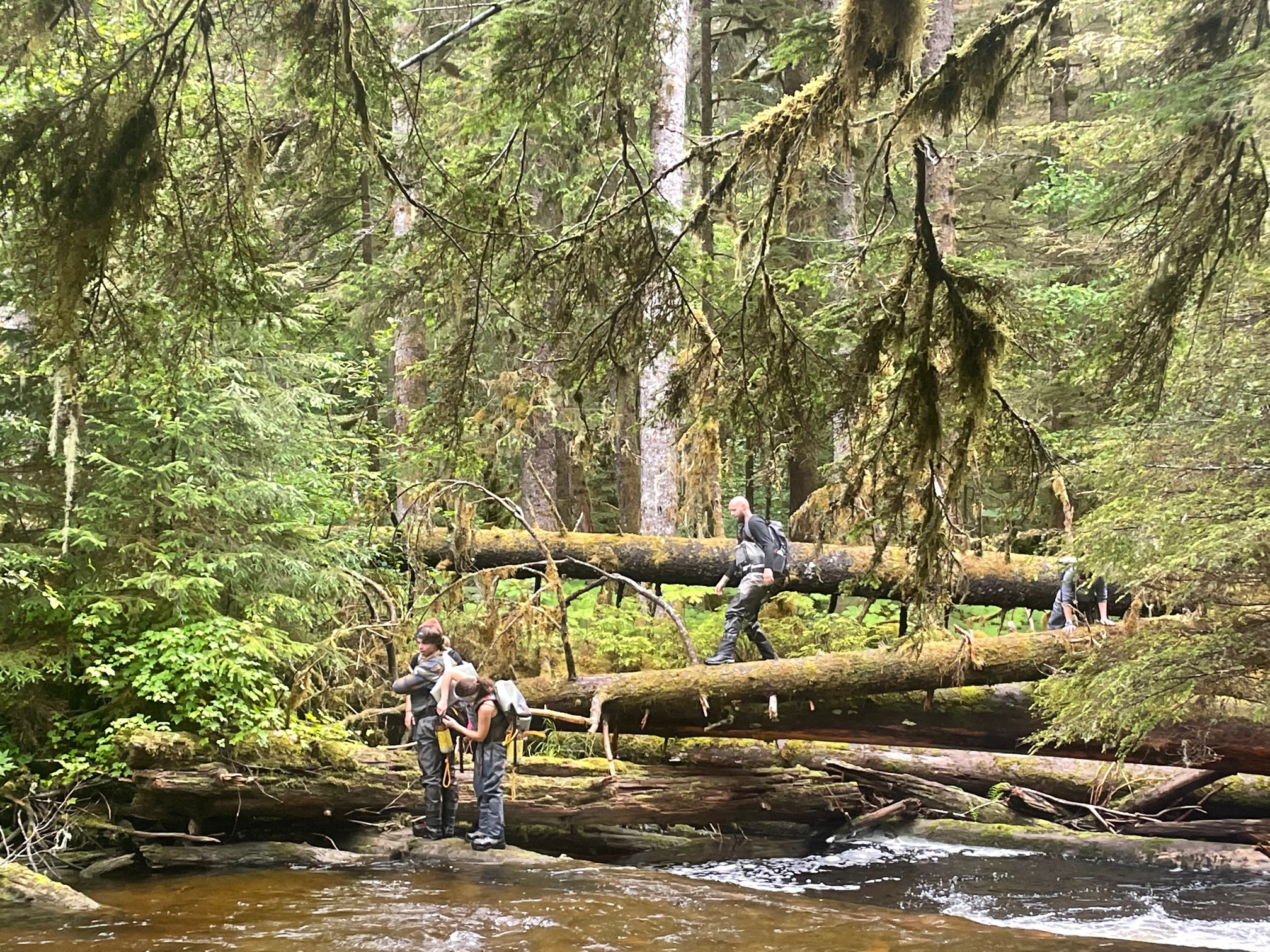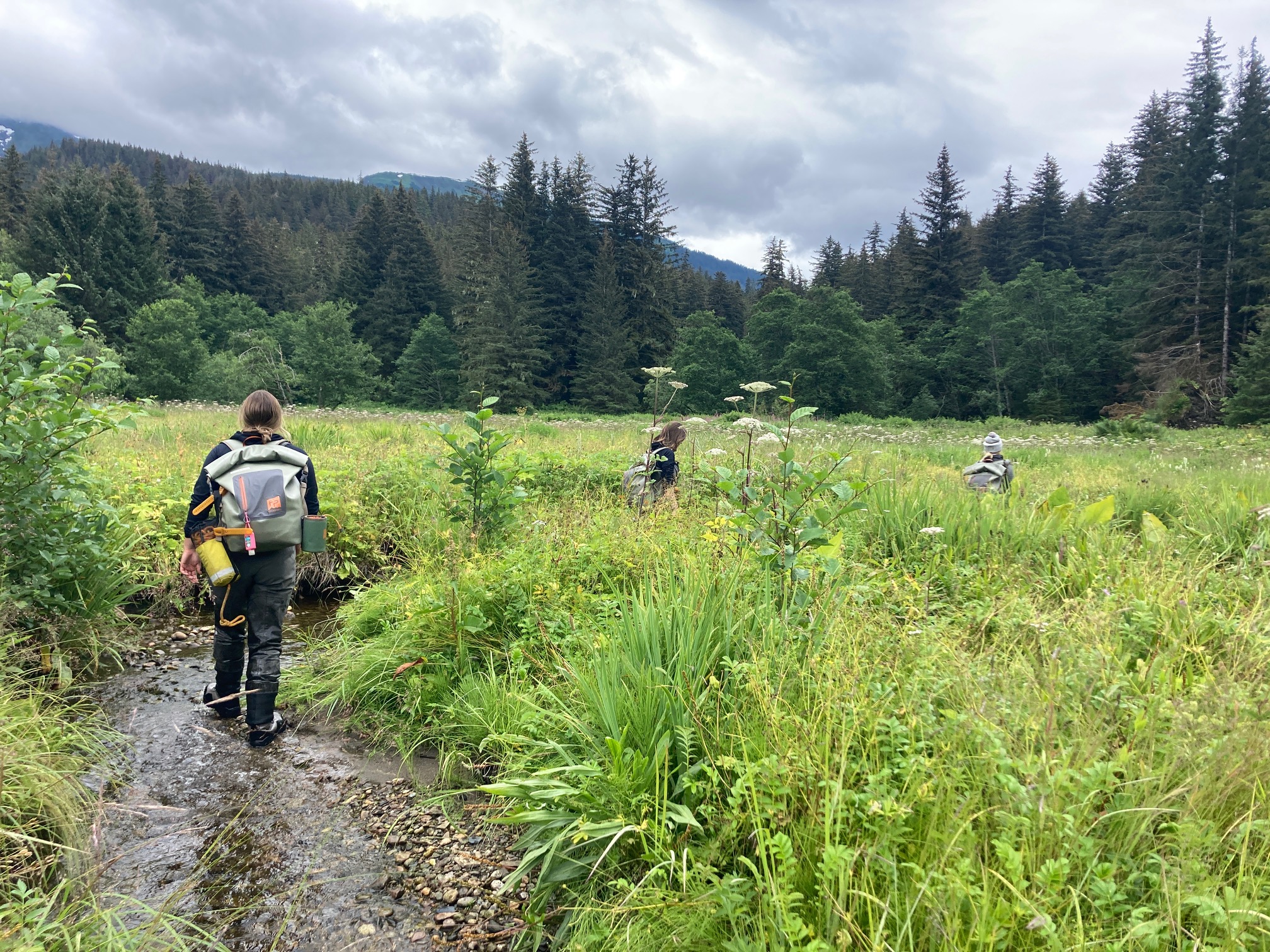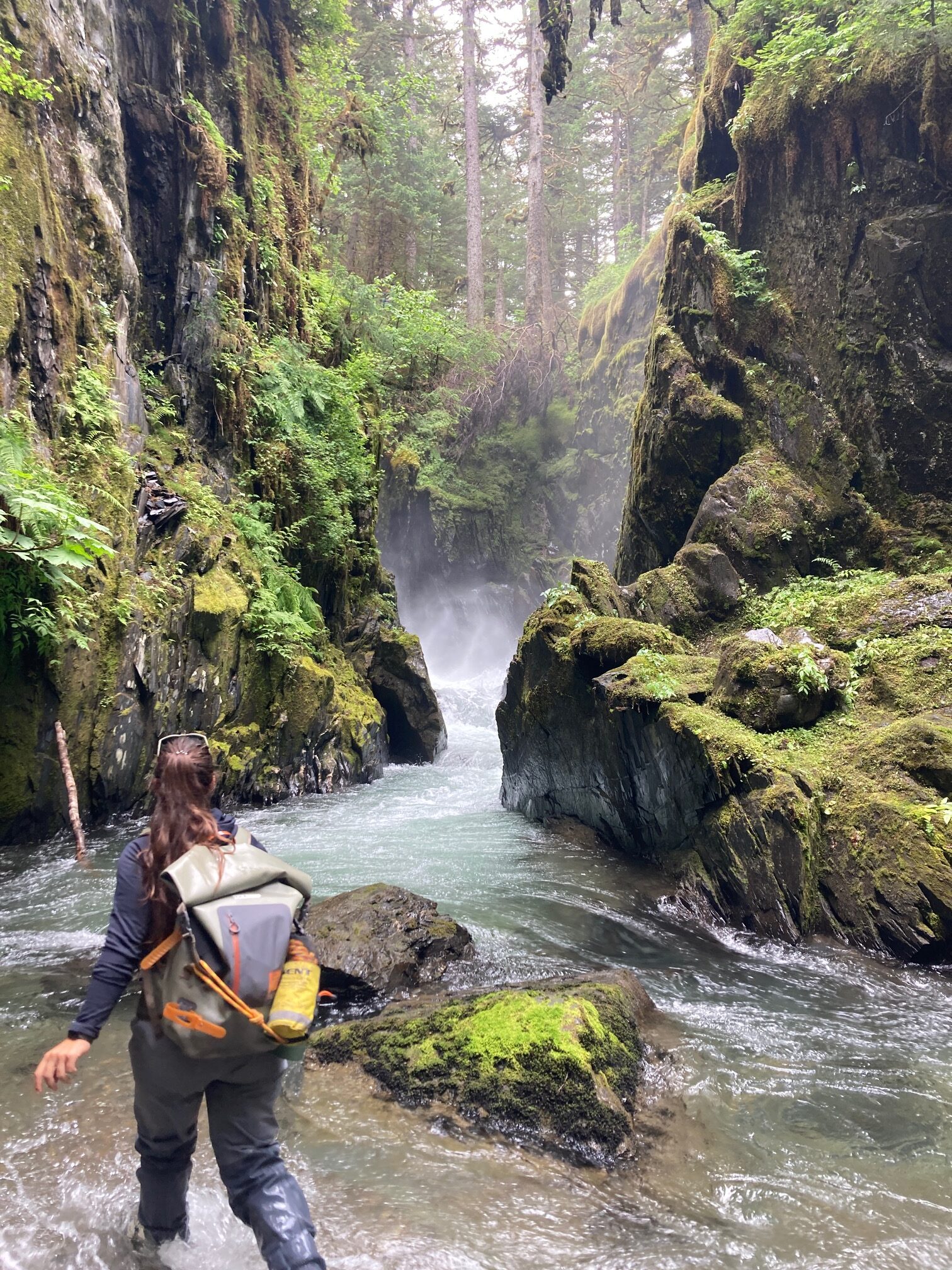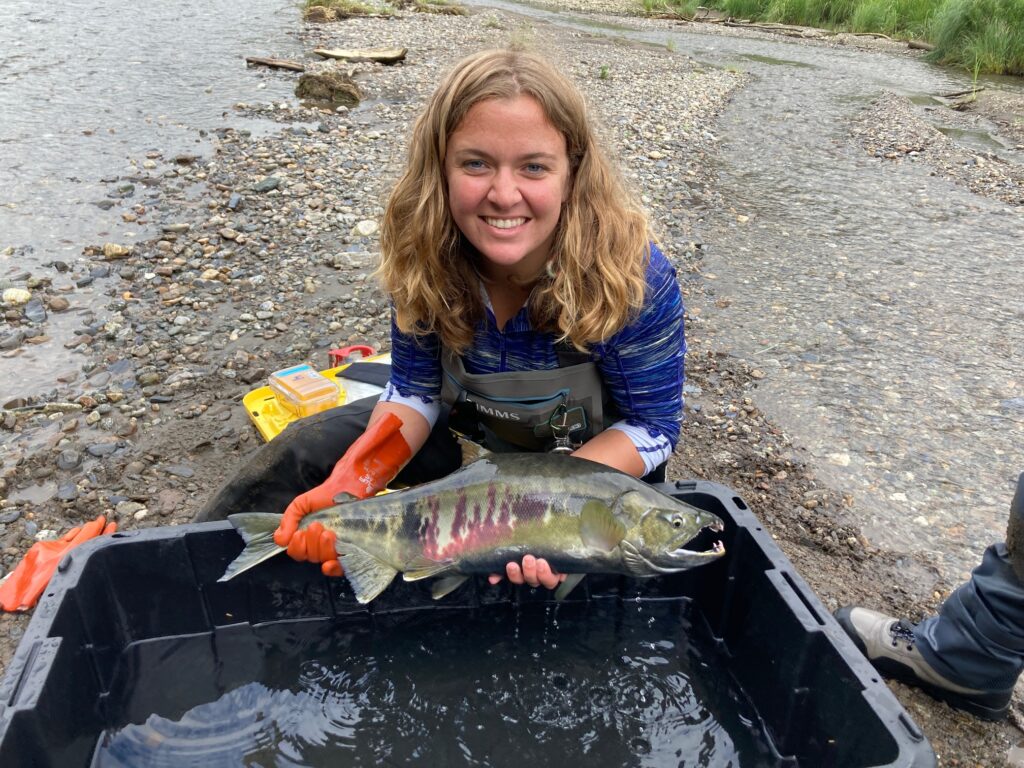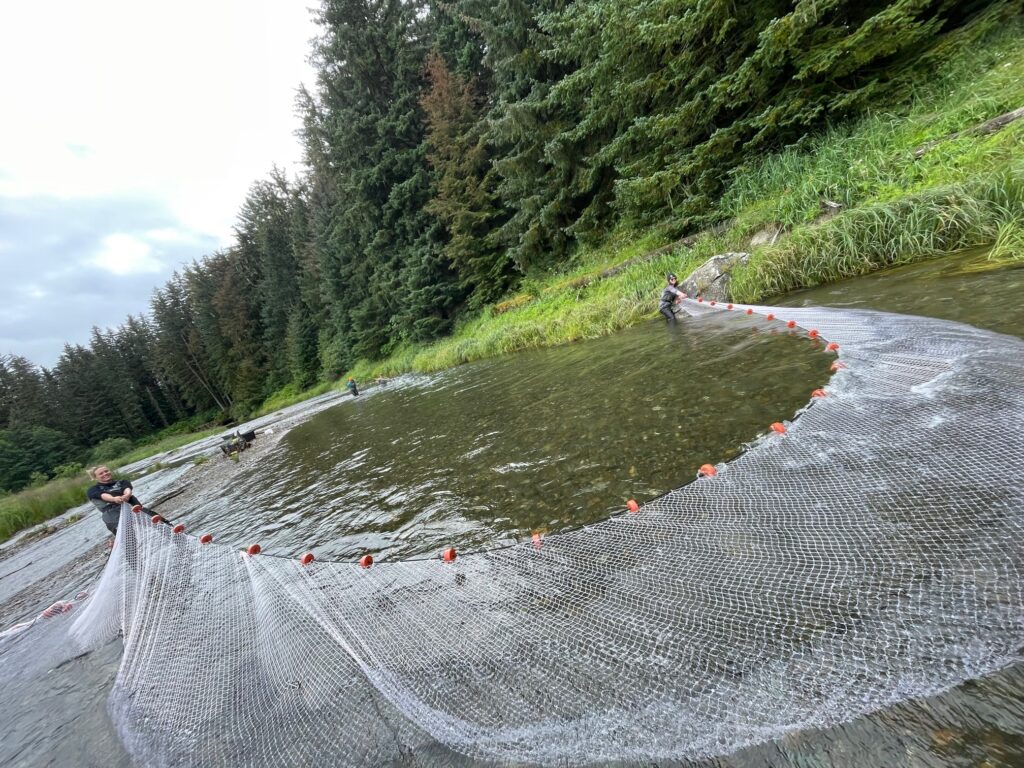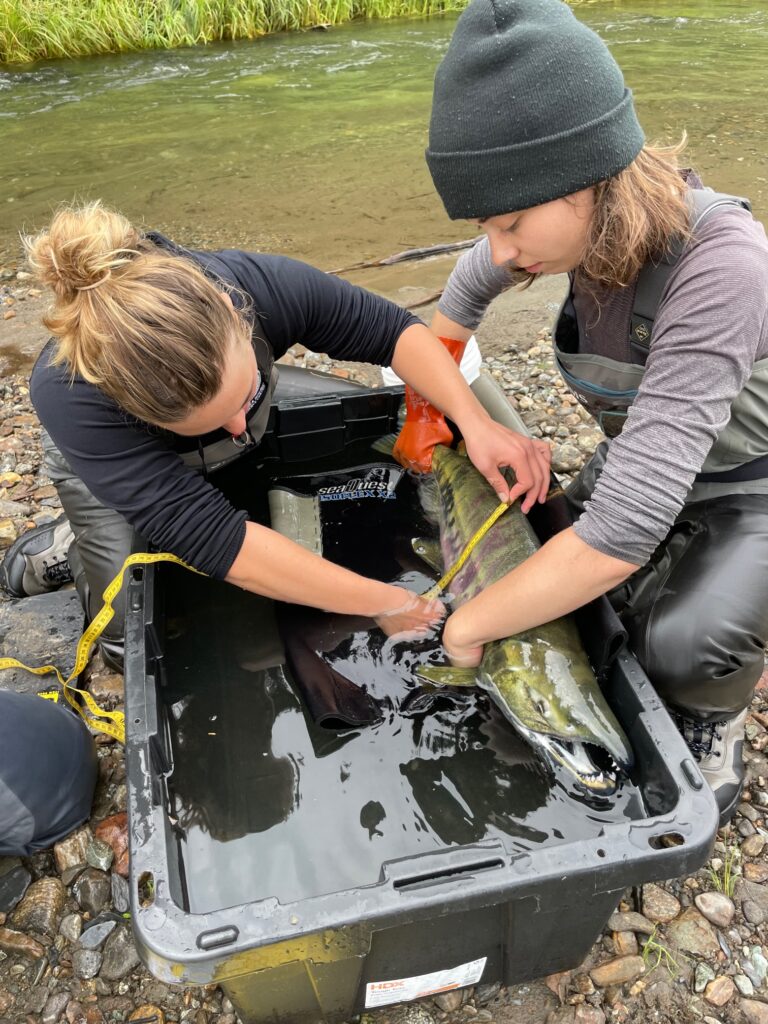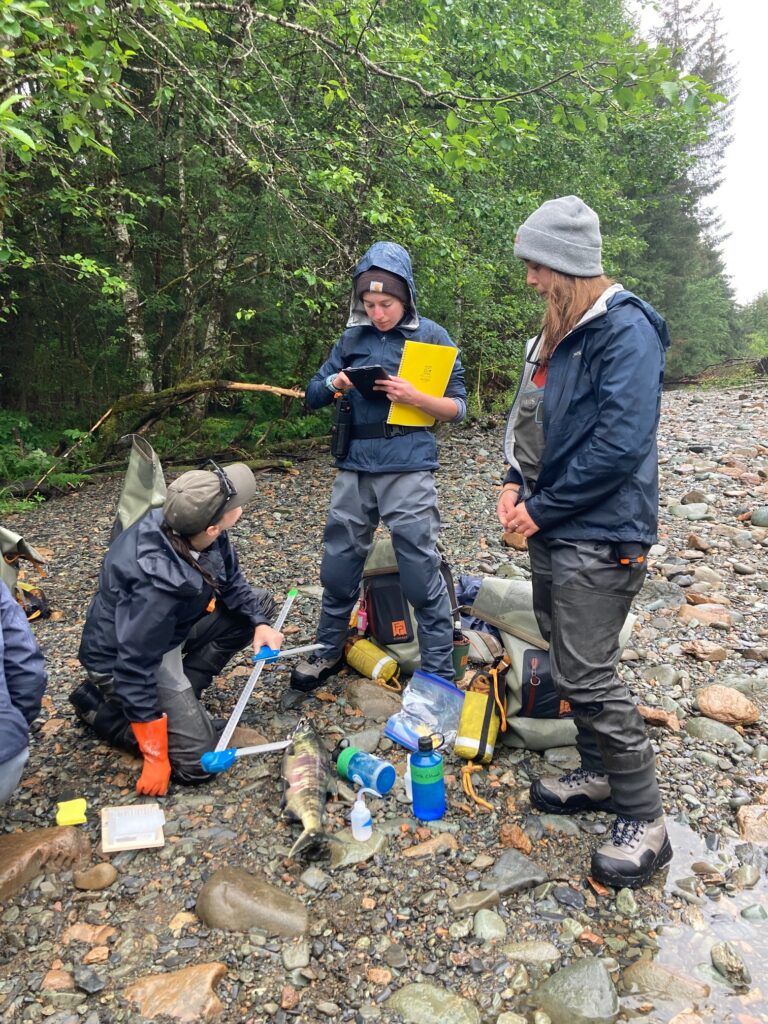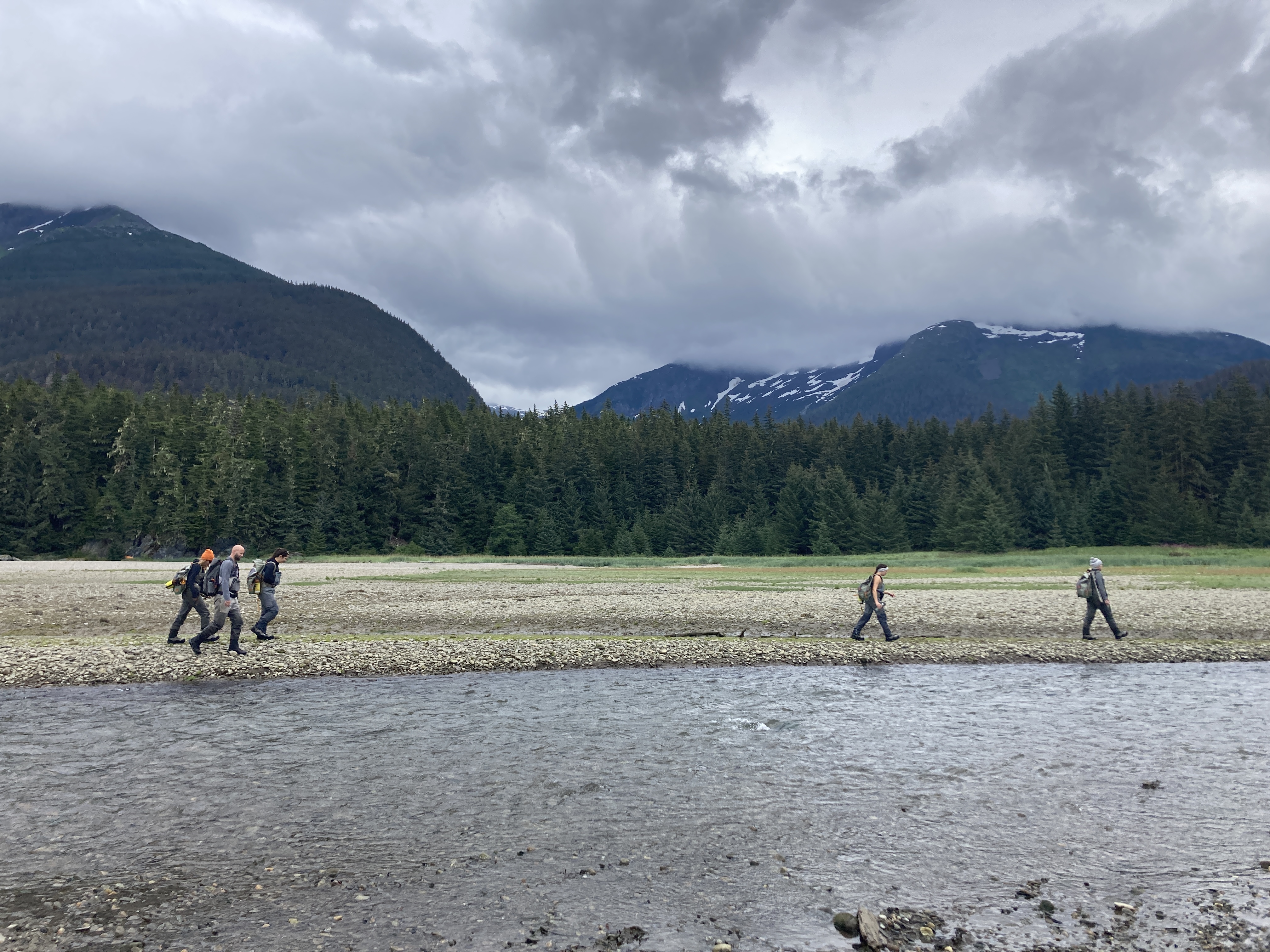
Research
Research
Research
Highlights from the Field: First Week of the Chum Project
Otoliths, DNA, and scales, oh my! After spending a week in Sitka preparing for our field season start, the 2022 Chum Crew is officially launched. Twelve talented fishery technicians, crew leads, and a bear guard will spend six weeks sampling for chum salmon, collecting genetic and life history samples from post-spawned summer chum salmon in three streams in Northern Southeast Alaska.
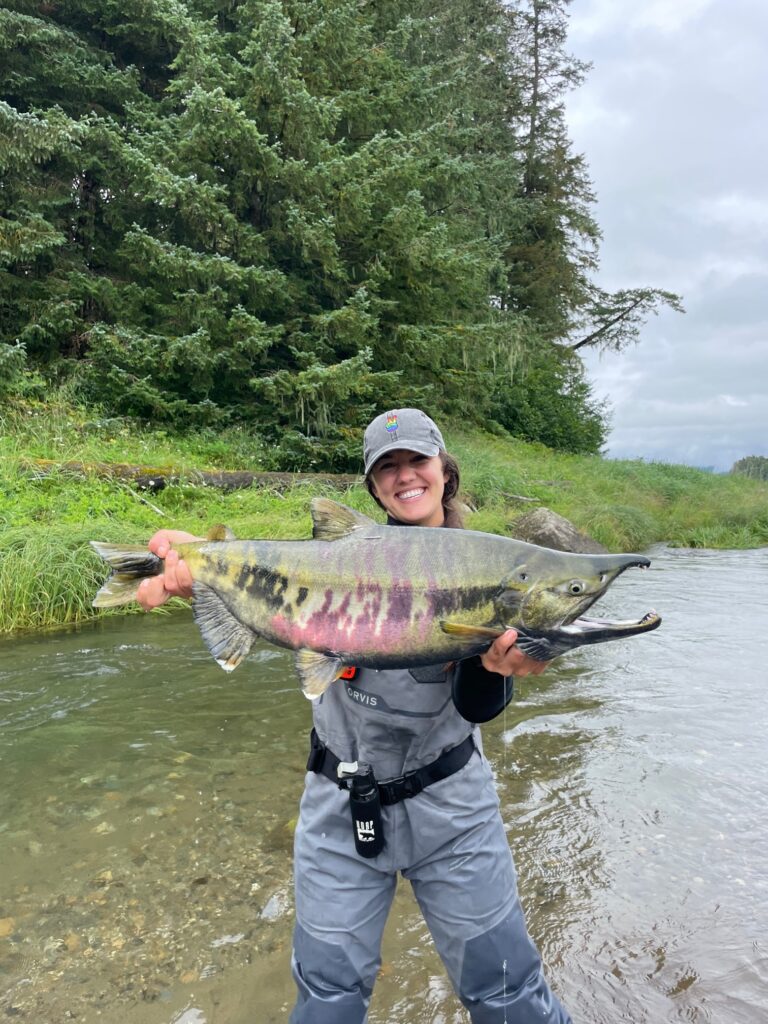
So what does a normal day look like for a Chum Project crew member? Well, everyday involves surveying one of three streams; Fish Creek, Sawmill Creek, and Prospect Creek. Fish Creek is located 7 miles northwest of Juneau on north Douglas Island, while Sawmill Creek is located 35 miles NW of Juneau in Berners Bay. Two Juneau-based field crews conduct surveys on Fish Creek and Sawmill Creek while a third crew focuses on Prospect Creek in a remote field camp, located 29 miles SE of Juneau in Port Snettisham.
The first few days in Juneau were filled with gear shopping and setting up a mass exodus of supplies to the field camp. Once prepped, the whole crew visited Fish Creek to practice their field safety and river walking skills!
Eager to start data collection, the crew next split into groups to start surveying their respective streams. Each team is starting to learn the unique intricacies of their creeks- where do chum salmon like to pool, what log jams gather the most carcasses, and the best locations to conduct stream crossings. A year has gone by since the streams were last surveyed, creating new pathways and log jams to become familiar with. During their field season, life will revolve around the tides, with surveying starting at low tides in the intertidal zones of each creek.
Now one week into the field season, the crews are starting to see the return of chum salmon! DNA tissue samples, otoliths (the ear bones of fish), and scales, along with other life history information, are being collected each day. DNA tissue samples allow us to trace the parentage of chum salmon across generations, while otoliths and scales give us the age and the natal origins of the chum- hatchery raised or wild. Along with carcass sampling, crews are capturing live chum salmon for a mark-recapture study, which will allow us to track the movement and percentage of chum salmon sampled for the season. Capturing live chum salmon is a blast, involving dip nets and seine nets to corral the chum for tagging. The information gathered from their efforts will help us learn about the interactions between hatchery and wild origin chum salmon in Southeast Alaska. Here’s hoping for a successful field season and best fishes to the Chum Crew!
